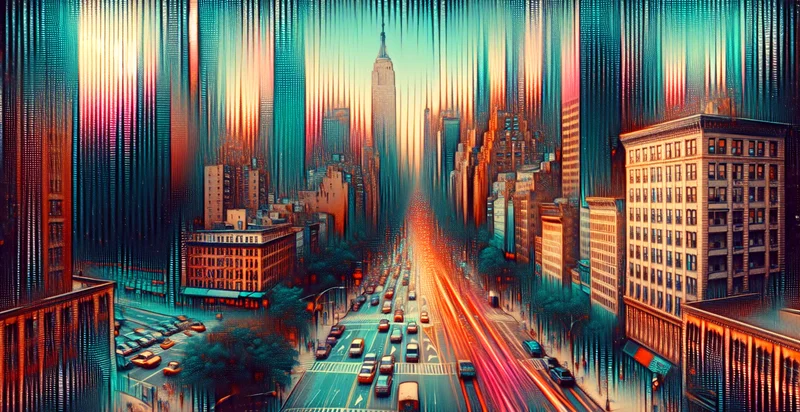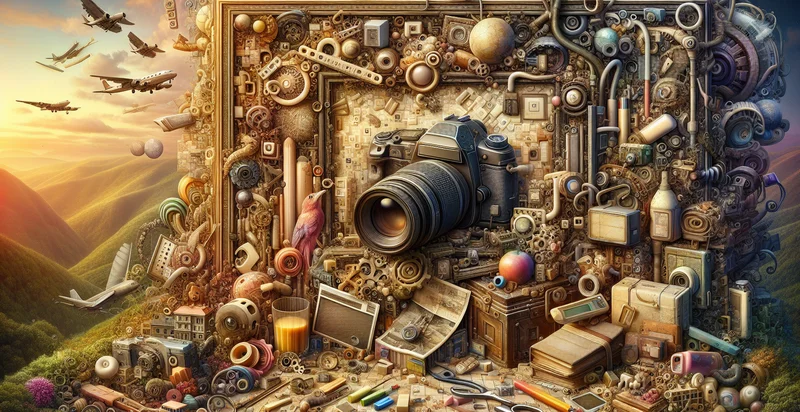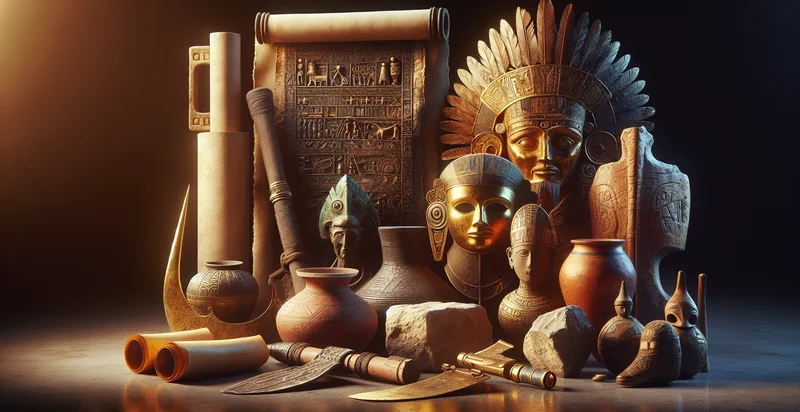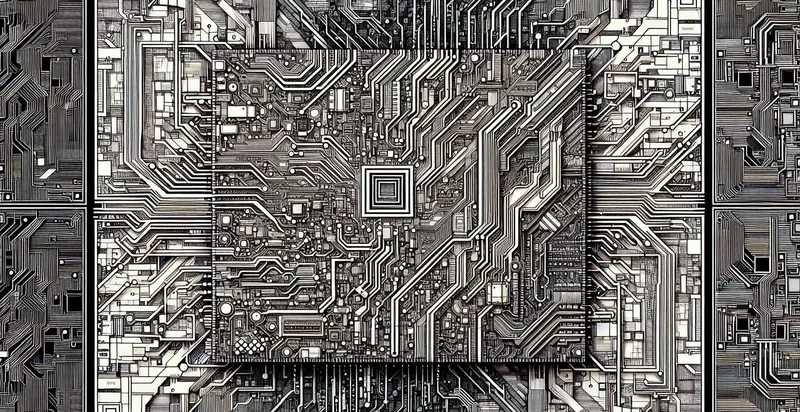Identify if photo has artifacts
using AI
Below is a free classifier to identify if photo has artifacts. Just upload your image, and our AI will predict if the photo has artifacts - in just seconds.

Contact us for API access
Or, use Nyckel to build highly-accurate custom classifiers in just minutes. No PhD required.
Get started
import nyckel
credentials = nyckel.Credentials("YOUR_CLIENT_ID", "YOUR_CLIENT_SECRET")
nyckel.invoke("if-photo-has-artifacts", "your_image_url", credentials)
fetch('https://www.nyckel.com/v1/functions/if-photo-has-artifacts/invoke', {
method: 'POST',
headers: {
'Authorization': 'Bearer ' + 'YOUR_BEARER_TOKEN',
'Content-Type': 'application/json',
},
body: JSON.stringify(
{"data": "your_image_url"}
)
})
.then(response => response.json())
.then(data => console.log(data));
curl -X POST \
-H "Content-Type: application/json" \
-H "Authorization: Bearer YOUR_BEARER_TOKEN" \
-d '{"data": "your_image_url"}' \
https://www.nyckel.com/v1/functions/if-photo-has-artifacts/invoke
How this classifier works
To start, upload your image. Our AI tool will then predict if the photo has artifacts.
This pretrained image model uses a Nyckel-created dataset and has 2 labels, including Artifacts Present and Clean.
We'll also show a confidence score (the higher the number, the more confident the AI model is around if the photo has artifacts).
Whether you're just curious or building if photo has artifacts detection into your application, we hope our classifier proves helpful.
Related Classifiers
Need to identify if photo has artifacts at scale?
Get API or Zapier access to this classifier for free. It's perfect for:
- Quality Control in Manufacturing: This use case involves using the artifact identification function to inspect product images for defects during the manufacturing process. By analyzing photos of finished products, manufacturers can ensure only defect-free items reach customers, minimizing returns and enhancing product quality.
- Artwork Authentication: Galleries and auction houses can utilize the artifact identifier to analyze images of artwork for authenticity. This technology can help detect alterations or fake elements, preserving the integrity of valuable pieces and ensuring transparent transactions.
- Medical Imaging Analysis: In the healthcare sector, this function can be employed to analyze medical imaging data, such as X-rays or MRIs, to identify anomalies or artifacts that may affect diagnosis. Accurate identification of such artifacts can lead to more reliable interpretations and better patient outcomes.
- Digital Preservation of Historical Records: Libraries and archival institutions can use this classification function to assess the condition of scanned historical documents and photographs. By identifying artifacts, professionals can prioritize preservation efforts for the most at-risk items, ensuring the longevity of cultural heritage.
- E-commerce Product Listings: Online retailers can implement this function to automatically detect and flag product images with artifacts before listing them. This helps in maintaining a standard of image quality in product catalogs, improving customer trust and satisfaction.
- Social Media Content Moderation: Social media platforms can leverage the artifact identification to automatically filter and flag images containing artifacts or manipulations that violate guidelines. This can contribute to a safer online environment by preventing misleading or inappropriate content from being widely shared.
- Automated Document Review: Law firms and corporate legal departments can use this function to analyze scanned documents for artifacts that may compromise the integrity of legal evidence. Early detection of such issues can enhance the reliability of documentation during litigation processes or audits.


